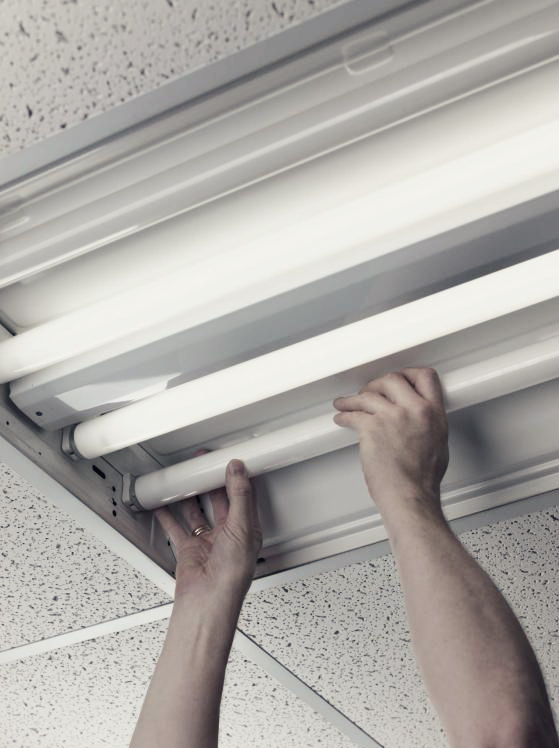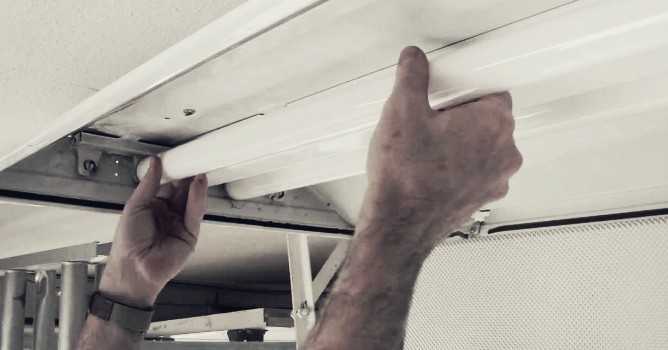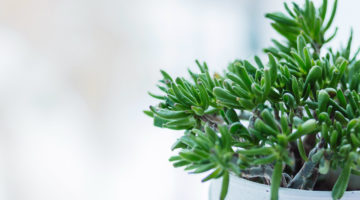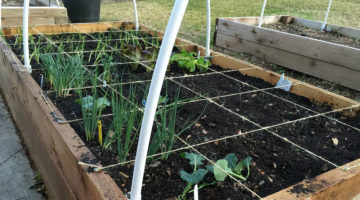Setting up T5 grow lights in the right way so that they offer the biggest benefits to you and your plants is very important, however what’s also important is to know how and when to do so called maintenance. More specifically when as well as how often to change the bulbs of T5 grow light because good bulbs that are intact and of their full capacity in terms of lumen output are the way you ensure that your plants receive the best light and in return are able to grow healthy and big.
Most High Output (HO) T5 grow light manufacturers rate the lifespan of their bulbs to about 10,000 to 20,000 hundred hours and although there are cases when this hour count is quite accurate and you won’t have to change the bulbs at least for this time there also are cases when the bulbs need to be changed earlier than that. So let me tell you a little about when you should change the bulbs.
A good rule of thumb as to when you should change your T5 bulbs is when they start losing their efficiency or when they start to appear dimmed because in this case if you continue to use these bulbs you will be paying the same amount of money for electricity but you will get less powerful light that won’t be as useful to your plants and they will grow slower. But let’s look at some of the factors that influence that how often you will need to change your T5 fluorescent bulbs:
- The most important factor that determines how often you should or need to exchange your bulbs is that for how many hours you burn them each day. That is why the bulb lifespan is counted in hours rather in days because some use their T5 grow lights only for 5 hours a day but some burn then for 20 to 24 hours each day. So the more you use your bulbs the faster they will start to ware out (their brightness will start to diminish) and the faster you will need replacement bulbs.
- Usually experts say that, that how often you should change your bulbs, largely also depends on what fixture and what kind of bulbs you are using.
 If you purchase a high grade fixture and bulbs then most likely the lumen output of the bulbs will start diminishing only after one year or so and this decline will be tiny only about 5 percent. For bulbs of worse quality this lumen loss after the first year can be greater. But by the two year mark the efficiency even for the highest quality bulbs can drop a great deal so I would suggest to replace T5 bulbs every year for best results or very two years if you want to save money but still have great results from your lighting.
If you purchase a high grade fixture and bulbs then most likely the lumen output of the bulbs will start diminishing only after one year or so and this decline will be tiny only about 5 percent. For bulbs of worse quality this lumen loss after the first year can be greater. But by the two year mark the efficiency even for the highest quality bulbs can drop a great deal so I would suggest to replace T5 bulbs every year for best results or very two years if you want to save money but still have great results from your lighting.
- Another factor that influences bulb efficiency is also the ballast that, too, can play a role as to when you should change your bulbs. As you might figure there are good and bad ballasts, the good being those who are good quality and don’t affect the light output of the bulbs. But sometimes even the best fixtures have defected ballasts that can decrease the efficiency of your bulbs. And in this case it won’t help if you only replace the bulbs, you will need to replace the ballast too to get back the brightness of the bulbs that you saw upon purchasing them.
- And lastly also that, for what you use your T5 lights, can affect your bulbs life. The most common application for T5 lights of coarse is to use them as grow lights, not without reason I usually call them that, but there are people who use T5 lights also as regular room lighting or even as outdoors lighting because they simply are efficient lights. Unfortunately T5 lights are quite sensitive to harsh weather, so by keeping them in very cold or very hot conditions you can greatly diminish the time period in which you will be able to use bulbs without replacing them.
In conclusion, if you want to save money and really exchange bulbs only when their output has become less efficient they you should purchase or borrow a PAR (Photosynethically Active Radiation) meter that will measure the brightness (more specifically the light intensity within the spectrum used by plants to perform photosynthesis) of the bulb and tell you whether it is intact. If it is close to the original brightness then you don’t need to replace the bulbs yet, but it has dropped a lot then go ahead and exchange the bulbs for new ones. Otherwise change the bulbs once or twice in two years and you will be good to go.




